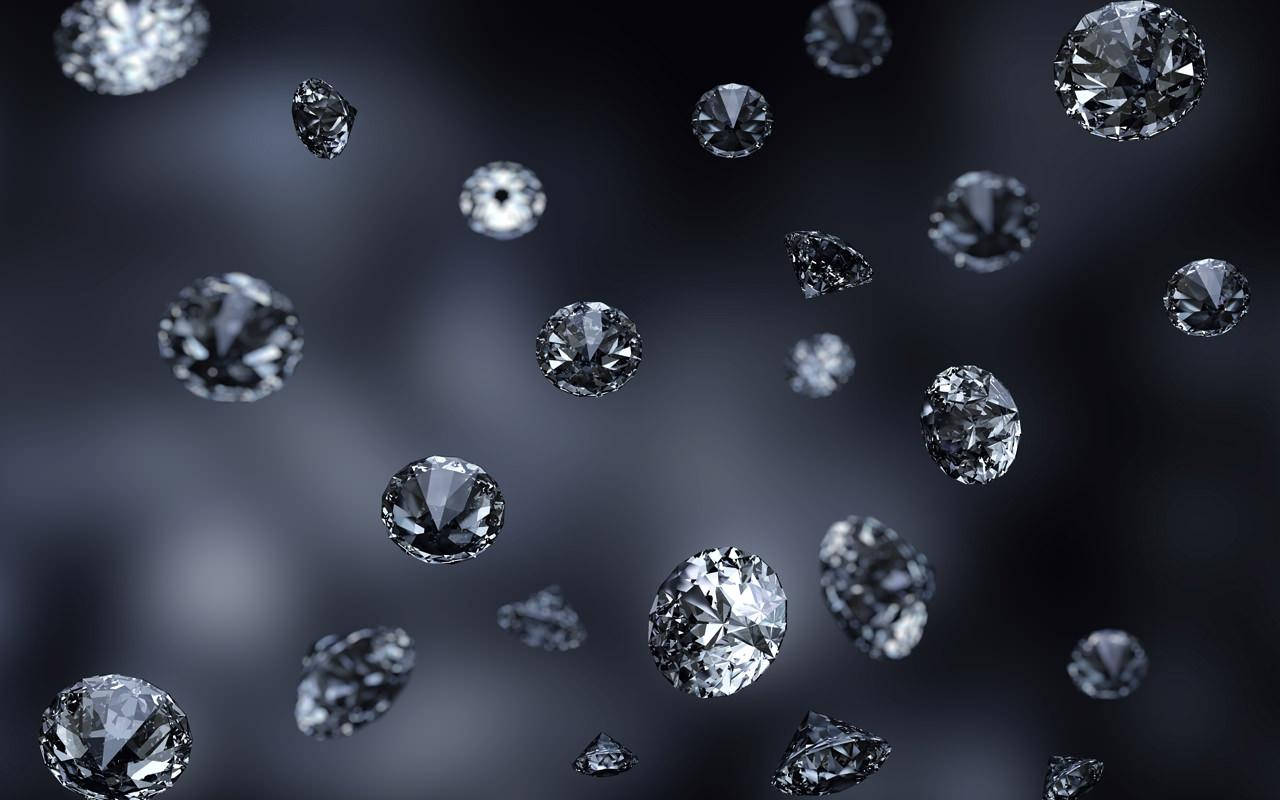Introduction to Lab Diamonds
Lab diamonds are making quite a splash in the world of gemstones. If you’re scratching your head wondering what’s so special about them, you’re not alone. In this article, we’ll explore why lab diamonds are not just a passing trend but a glimpse into the future of fine jewelry.
The Concept of Lab Diamonds
Lab diamonds, also known as synthetic diamonds, are created in controlled environments that replicate the natural processes that form diamonds in the earth. Unlike their mined counterparts, lab diamonds are grown in weeks, not millions of years, but they are chemically, physically, and optically identical to natural diamonds.
Brief History of Lab Diamonds
The idea of creating diamonds in a lab isn’t new. Scientists have been experimenting with diamond synthesis since the 1950s. However, it wasn’t until the last two decades that the technology advanced enough to produce diamonds that are not only high-quality but also accessible to the masses.
Why Lab Diamonds Are Gaining Popularity
Environmental Impact and Sustainability
One of the biggest draws of lab diamonds are the future is their minimal environmental impact. Traditional diamond mining involves extensive land excavation, which can lead to habitat destruction and other ecological issues. Lab diamonds, on the other hand, are grown with little to no environmental footprint, making them a greener choice.
Cost-Effectiveness Compared to Natural Diamonds
If you’re watching your budget but still want a sparkler that’s as dazzling as a natural diamond, lab diamonds are your best bet. They are typically 20-40% less expensive than natural diamonds of similar size and quality. This cost-effectiveness is due to lower production and extraction costs.
Ethical Considerations
Lab diamonds also shine brightly in the ethical department. The diamond industry has faced significant scrutiny over issues like conflict diamonds—stones mined in war zones and sold to finance armed conflict. Lab diamonds eliminate this concern entirely, offering a clear conscience along with a beautiful jewel.
How Lab Diamonds Are Made
High Pressure High Temperature (HPHT) Method
The HPHT method mimics the extreme conditions under which natural diamonds form. Carbon is subjected to high pressure and temperature, causing it to crystallize into diamond. This process can produce diamonds of various colors and sizes, depending on the specific conditions used.
Chemical Vapor Deposition (CVD) Method
The CVD method involves creating a diamond from a carbon-rich gas. The gas is ionized to produce carbon atoms that then deposit onto a substrate, growing a diamond layer by layer. This method allows for greater control over the diamond’s properties and can produce larger stones.
Quality of Lab Diamonds
Comparing Lab Diamonds to Natural Diamonds
Lab diamonds are virtually indistinguishable from natural diamonds. They exhibit the same brilliance, fire, and scintillation. The differences, if any, are so minute that only a professional gemologist with specialized equipment can tell them apart.
Lab Diamond Certification and Grading
Like natural diamonds, lab grown diamonds are graded based on the 4 Cs: Carat weight, Cut, Color, and Clarity. Reputable gemological institutes provide certification for lab diamonds, ensuring they meet industry standards for quality and authenticity.
Applications of Lab Diamonds
Jewelry
Lab diamonds are becoming increasingly popular in engagement rings, earrings, and other fine jewelry. They offer all the beauty of natural diamonds but with added benefits like lower cost and ethical assurance.
Industrial Uses
Beyond their dazzling appeal, lab diamonds have significant industrial applications. Their hardness makes them ideal for cutting, grinding, and drilling tools. The precision and durability of lab diamonds make them a valuable resource in various industries.
Future Trends in Lab Diamonds
Technological Advancements
The future of lab diamonds looks bright thanks to ongoing technological advancements. Innovations in diamond-growing techniques and machinery are expected to produce even higher quality diamonds at lower costs. The ability to create diamonds in different colors and sizes also opens up new possibilities for both jewelry and industrial use.
Market Growth and Predictions
As awareness of lab diamonds grows, so does their market presence. Analysts predict continued expansion in both consumer and industrial sectors. With the increasing demand for sustainable and ethical products, lab diamonds are well-positioned to become a major player in the diamond market.
Challenges and Limitations
Perceptions and Misconceptions
Despite their many advantages, lab diamonds face some skepticism. Some people still equate natural diamonds with luxury and exclusivity. Overcoming these perceptions and educating consumers about the benefits of lab diamonds will be crucial for their continued growth.
Market Penetration Issues
The market for lab diamonds is still evolving. Issues such as limited availability in certain regions and varying quality standards can impact market penetration. However, as production scales up and more retailers embrace lab diamonds, these challenges are likely to diminish.
Conclusion
Lab diamonds are undeniably a glimpse into the future of the gemstone industry. With their ethical production, cost-effectiveness, and sustainability, they offer a compelling alternative to natural diamonds. As technology continues to advance and consumer awareness grows, lab diamonds are set to become a staple in both jewelry and industrial applications.





